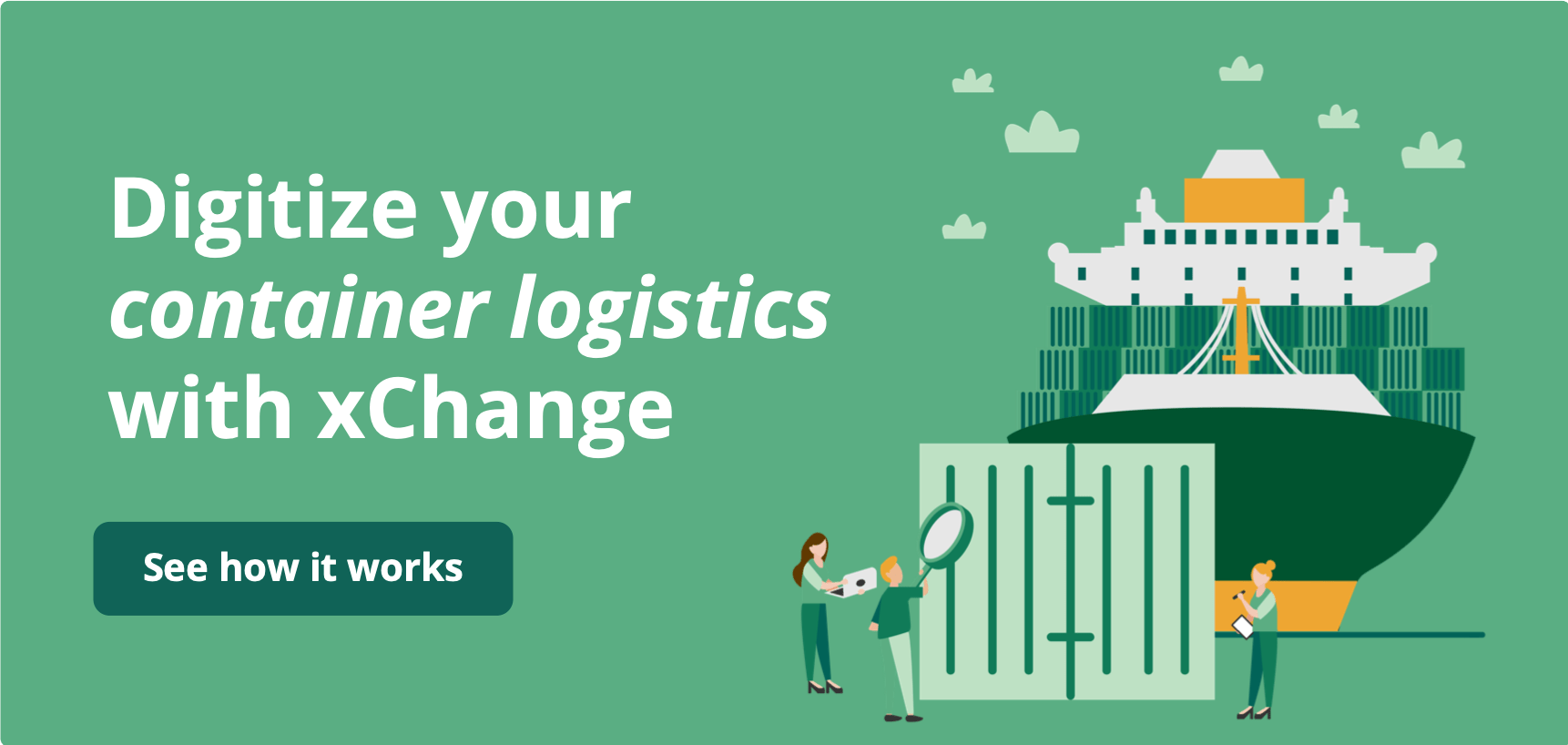Carrier haulage and Merchant haulage are both related the inland movement of a container with different responsibilities of the haulage. Rising drayage costs force BCOs to decide between container shipping line-arranged moves and making their own transport arrangements. For shippers it is not only about how much money the spent, it is about how much of the supply chain they want to control and how much they allow the shipping line to control. It depends on the individual case if merchant or carrier haulage makes sense – but how do you decide between both types?

What is Carrier Haulage?
Carrier Haulage, or Line Haulage, is the Inland movement of a container under the control of a shipping line using a haulage contractor nominated by the carrier. The shipping lines are responsible for claims, liabilities, or damages that could happen, unless the damage was caused by false packaging or stowage. Carrier haulage is usually a part of a multimodal transport to move a container from port of discharge via rail or truck to the final destination as shown on the bill of lading.
What is Merchant Haulage?
The movement of a container directly by the merchant using his own nominated haulage contractor. A merchant can be any trader, shipper, consigneeWhat is a consignee? When transporting freight (by ocean, air, or land), there are two parties involved — one who is shipping and the other who is receiving the freight. The recipient of the goods b... More owning the goods or an agent acts on behalf of the BCO. The liners responsibility under the bill of lading does not include inland moves under merchant haulage, but consignees have the chance to negotiate their own freight rates for such inland transports.
Which haulage method should I choose?
It may come down to where a company wants to focus the time and efforts of its employees, but merchant haulage is generally more expensive and carrier haulage is often considered less reliable. The decision on which model is best depends on how a beneficial cargo owners values cost relative to reliability.
| Carrier Haulage | Merchant Haulage |
|---|---|
| Oftentimes considered less reliable | Expensive, requires internal resources |
| Shipping line is responsible for everything | Easier to manage a complex supply chain |
| Cheaper | High flexibility (better for rapidly changing markets) |
| One invoice covering all expenses | More control |



